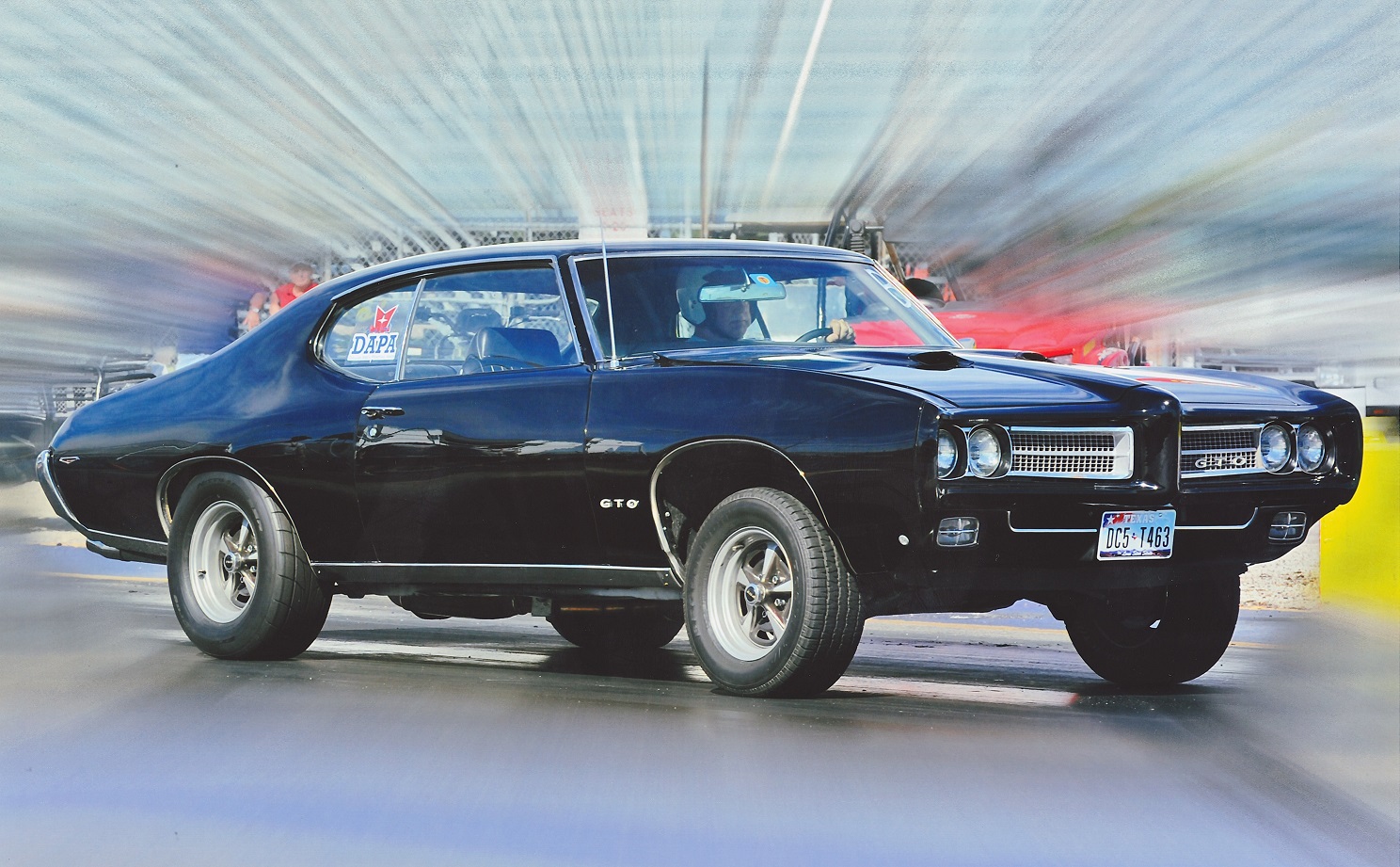Drag Racing with Jim Hand – Part 7: About Those Easy Speed Secrets
- March 16th, 2010
- By D.A.P.A
- Write comment
(Ed: As we publish various writers’ and readers’ insight and experience in Pontiac performance and racing, we are bound to find differing opinions and actual findings. This article illustrates this situation. Jim invites all to share their views here. And, as he points out, the actual proof has to be in your own testing on your own Pontiac. Read and enjoy!)
During the past 10 years, I have conducted many tests on my ’71 LeMans wagon at the strip in an attempt to gain performance. Concurrent with the testing, I have performed technical research with the most knowledgeable and unbiased written and people sources I could find. The research tended to confirm what I actually found during testing. Following are comments about some of the tips or techniques tried, and short explanations as to why they did or did not help performance. Read more

